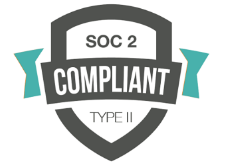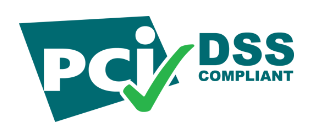Collect Payments
Fast, Secure, Efficient
Payment Collections
Automate, streamline, and enhance your payment collection process with cutting-edge solutions tailored to your business needs.
Automate, streamline, and enhance your payment collection process with cutting-edge solutions tailored to your business needs.

How does it work?

Payment Gateway
From seamless checkouts to advanced automation, accelerate collections and enhances customer satisfaction.
Explore Now
Virtual Accounts
Streamline the collection process by creating virtual accounts for your customers
Explore Now



Bulk Collect
Create an improved, customer-focused collection experience while ensuring better DSO
Explore Now
QR Codes
Secure, contactless payment with QR codes to enable businesses to accept instant transactions.
Explore Now
UPI Payments
UPI payments with any app - BHIM, PhonePe, WhatsApp for smooth transactions. No SMS, no VPA hassles.
Explore Now
Make business
collections
easy and smooth
with EnKash!
Quick
Collections
One-click
Deployment
Easy
Tracking

The EnKash way is
the better way
Switch to EnKash today!
Collection
Process
Payment
Methods
Collection
Method
Invoice
Dispatch



Total
Control
Gain control over your business spends with a complete overview of all your expenses. Analyze data to create efficient budgets, optimize expenses and increase your savings.
Get Started

Automate and Accelerate
Proactive Collection
Smart
Invoices
Improved Cashflow
Learn how receivables can revolutionize the way you work!
Read Blogs

Optimize Your Accounts Payable and Receivable with Automation
Aug 11, 2023
A successful business is dependent on a variety of factors. While most of those factors can be controlled from within the company itself, cash-flow remains the most pivotal yet the most unpredictable of them all...
Read More

The Role of Accounts Receivable in Financial Management
May 22, 2023
Accounts receivable (AR) is the amount of money that a company is due to receive from its customers for goods or services sold on credit. It represents the balance of unpaid invoices or bills that customers owe to the...
Read More

Accounts Payable v/s Accounts Receivable
Oct 13, 2023
Accounts Payable is the money owed to vendors and suppliers by the business. This results in the cash outflow of the business. Whereas AR is the exact opposite, which is the money a business owes to its customers or...
Read More
Got Questions?
Don't worry! Our FAQs section will help you learn about receivables in detail
What is a business’s Accounts Receivable (AR)?
Accounts receivable are the funds customers owe the company for products or services that have been invoiced. These usually exist when the goods or services are given to the customer on credit.
Where to locate a company’s accounts receivable?
Accounts receivable are listed as current assets on the balance sheet and include invoices that customers owe for goods purchased, or services availed on credit. This amount will be credited to the company’s account.
Can accounts receivable be classified as business income?
AR is considered revenue as the amount that will come to the company. AR is considered revenue as the amount that will come to the company.
What makes a favorable AR turnover ratio?
Accounts receivable turnover ratio, or ART, is the number of times a business collects its accounts receivable balance in a year. It represents an organization's effectiveness in collecting outstanding amounts from its customers.
The ART is directly proportional to the efficiency of the organization. The higher the ART, the more efficient the organization, and a lower ratio implies the organization is inefficient. This comparison is usually done within the same industry. A decent ART is around 7.8.
What are accounts receivable types?
There are three types of accounts receivable:
Trade receivable/Accounts receivable: The accounts receivable, also known as trade receivables, is the outstanding amount owed to an organization by its clients for their goods or services. It reflects the amount the company is bound to receive.
Notes receivable: This is similar to the traditional accounts receivable, except a two-month payment window is given to the customer. However, if both parties agree, this timeline can be extended to a year or more.
Other receivables: These receivables consist of interest receivables, salary receivables, employee advances, tax refunds, loans, and advances given to employees and other companies.
How do accounts receivable affect my business?
Accounts receivable can directly impact an organization's cash flow. It showcases the amount owed by the customer to the company and, if not paid timely, can affect the financial health of a business. Keeping track of your company’s accounts receivable can help you with better cash flow management.
 x
xSeeking further understanding of accounts receivables?
Speed up business collections for easy cash flow
Accounts Receivable is the outstanding amount customers or clients owe to a business. This amount is against any good or service availed from the business




